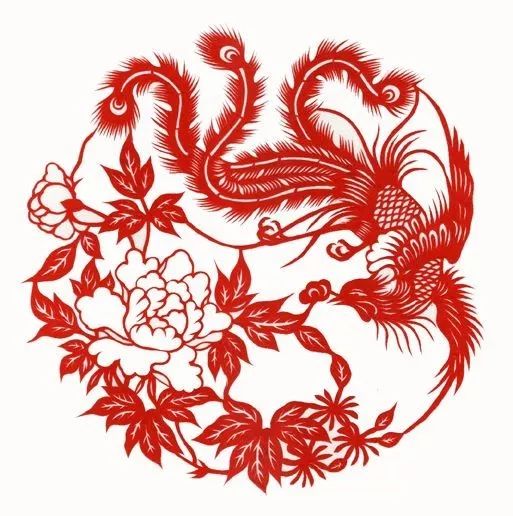
Paper-cutting, also called paper engraving, is a hollow art and one of the ancient folk arts of Han nationality in China. It gives people a sense of emptiness and artistic enjoyment visually. The carrier of paper-cutting can be paper, gold and silver foil, bark, leaves, cloth, leather and so on. In May 2006, the paper-cut art heritage was approved by the State Council to be included in the first batch of national intangible cultural heritage list. In 2009, China’s paper-cut project was selected as "representative list of human intangible cultural heritage".
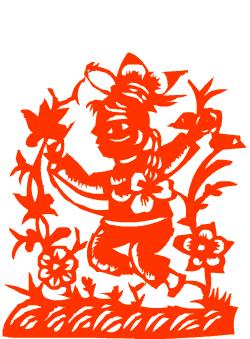
Paper-cutting is a folk art form with a long history and a wide spread in China. The emergence and spread of this folk art is closely related to the festival customs in China. On holidays, people stick beautiful and bright paper-cuts on snow-white walls or bright glass windows, doors, lanterns, etc., and the festive atmosphere is rendered very festive.
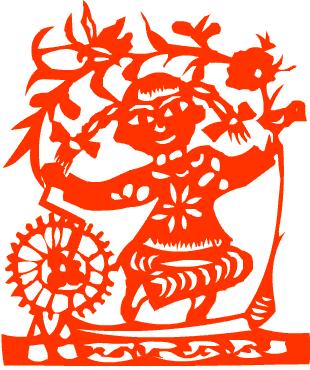
Paper-cutting has a lot of contents and a wide range of meanings, such as dolls, gourds, lotus flowers and other patterns symbolizing many children and many blessings; Poultry, livestock, melons, fruits, fish and insects are closely related to life and are also important contents of paper-cutting performance.
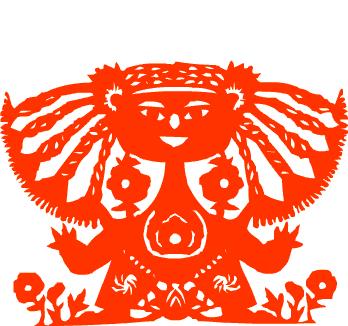
As a folk art, paper-cutting has strong regional characteristics: Shaanxi window grillage style is simple and bold; Hebei and Shanxi paper-cuts are beautiful and gorgeous; Yixing paper-cut is gorgeous and neat; Nantong paper-cut is beautiful and exquisite and so on. Although paper-cut is simple to make and simple in shape, it is the condensation and exaggeration of many folk art forms in China because it can fully reflect the connotation of people’s lives and has strong folk characteristics.
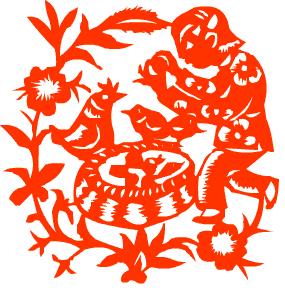
Phoenix paper cutting
Phoenix represents auspiciousness and peace, and it has the sacred and lofty connotation endowed by people, so the image of Phoenix is deeply loved by people. In the traditional folk paper-cut patterns, if the image of phoenix appears, it means joy and happiness.
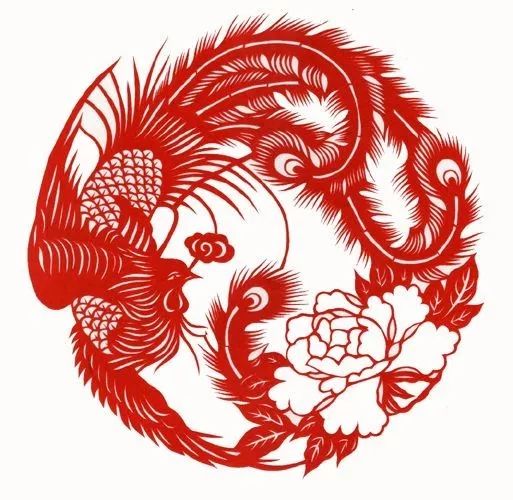
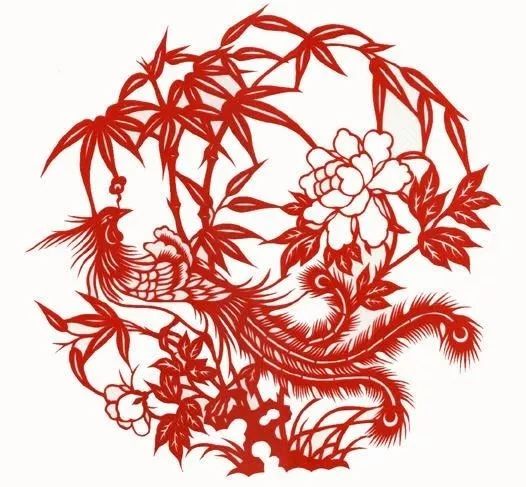
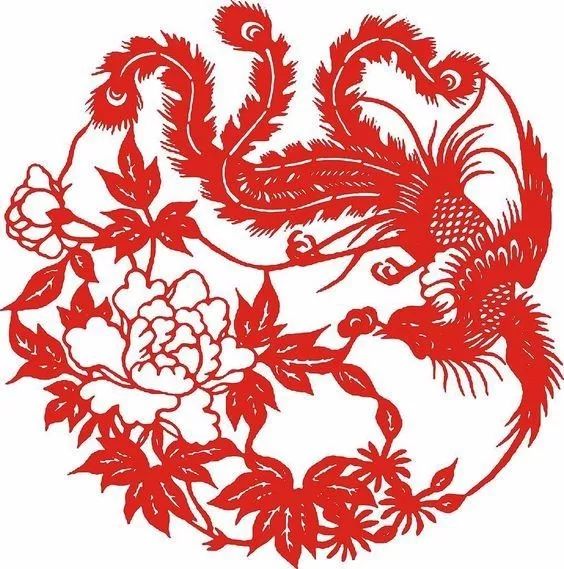
Long paper-cut
As the spiritual totem of the Chinese nation, the dragon has been worshipped and respected by people since ancient times, so its image has also become an important material for paper-cutting production.
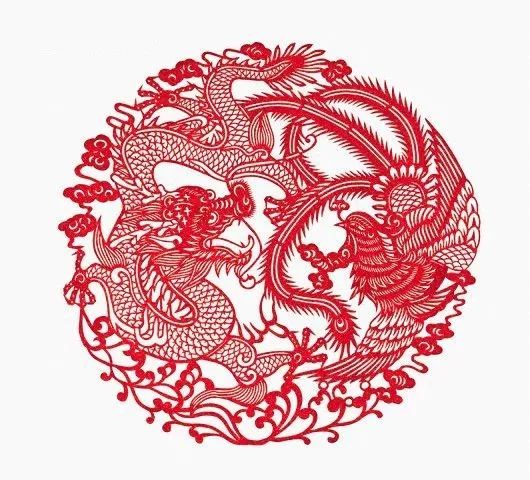
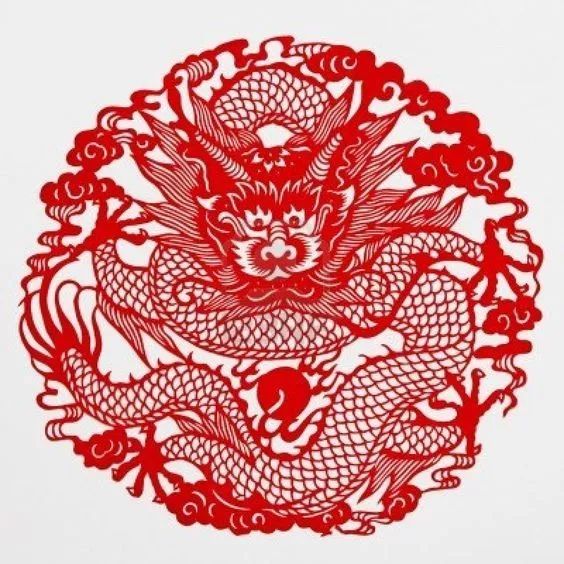
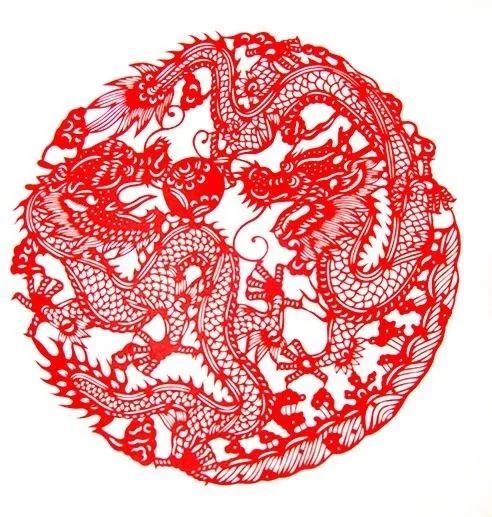
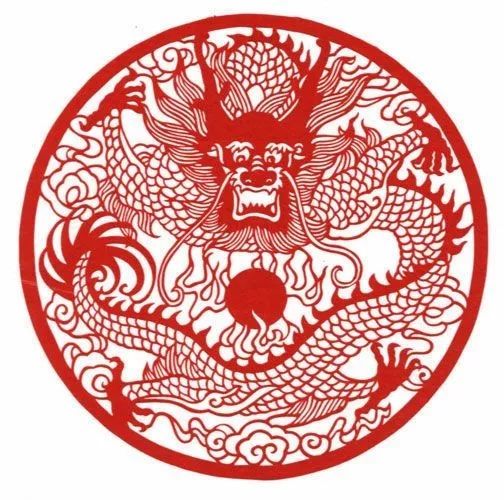
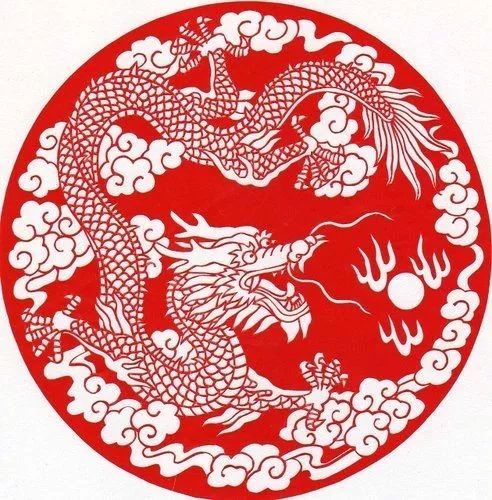
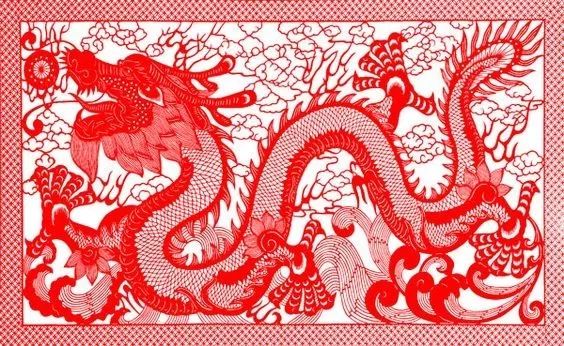
Flower and bird paper cutting
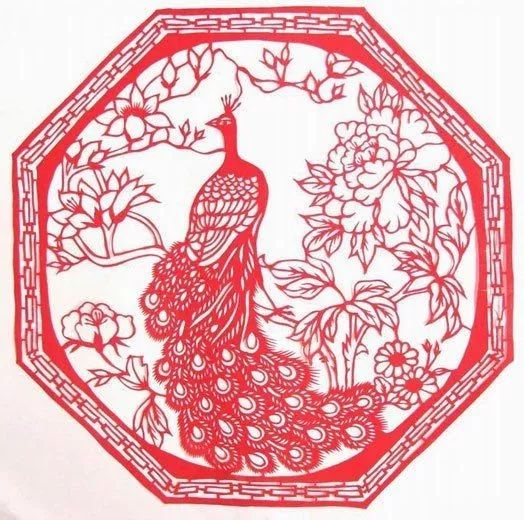
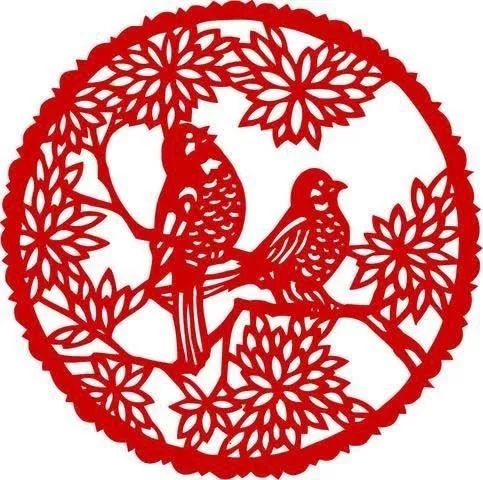
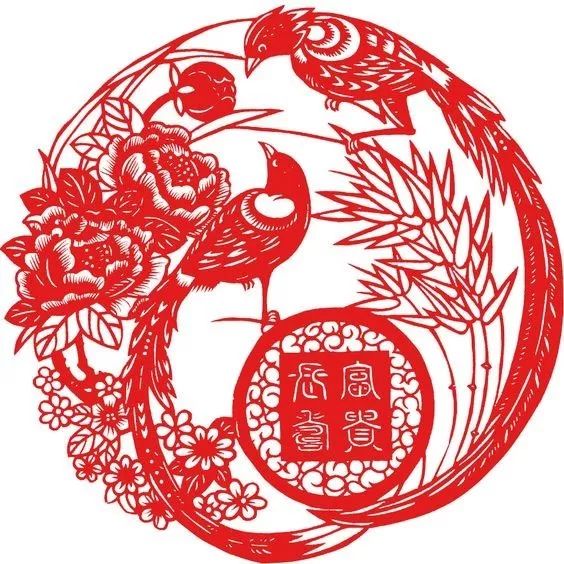
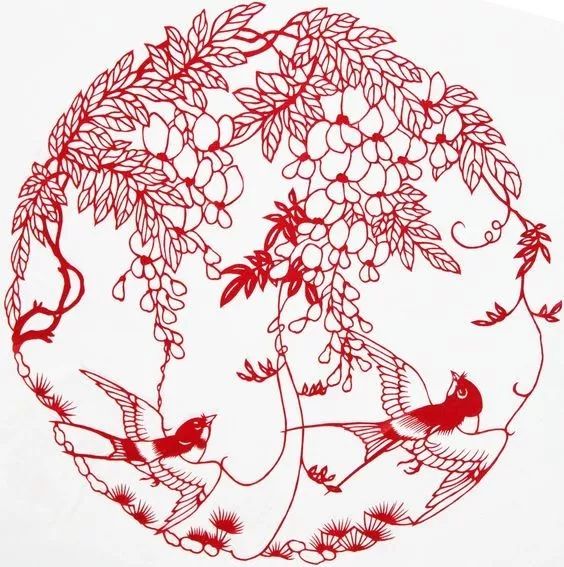
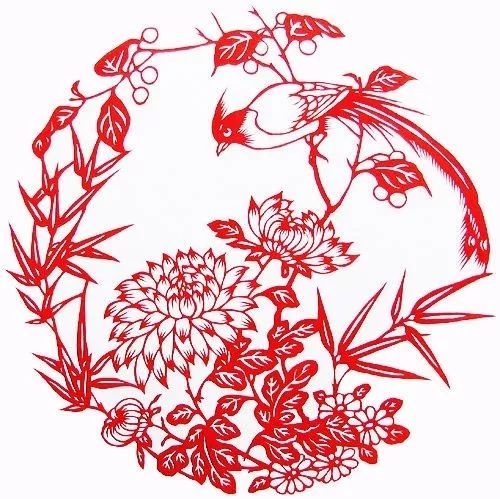
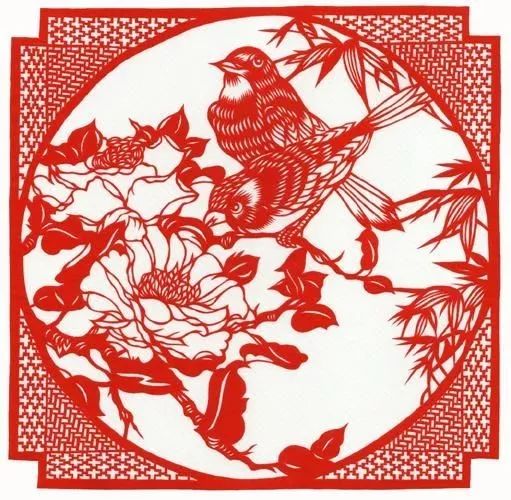
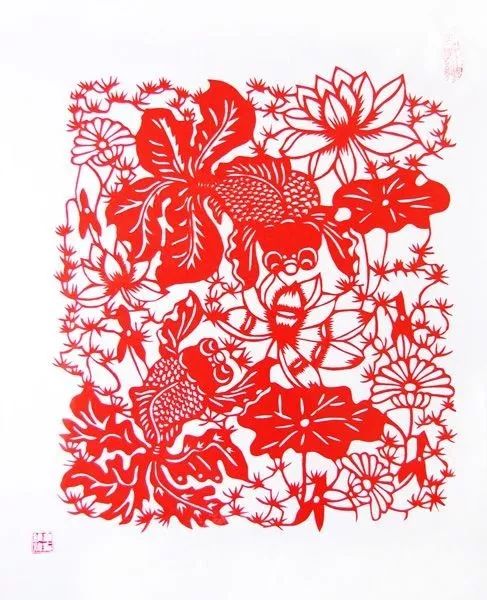
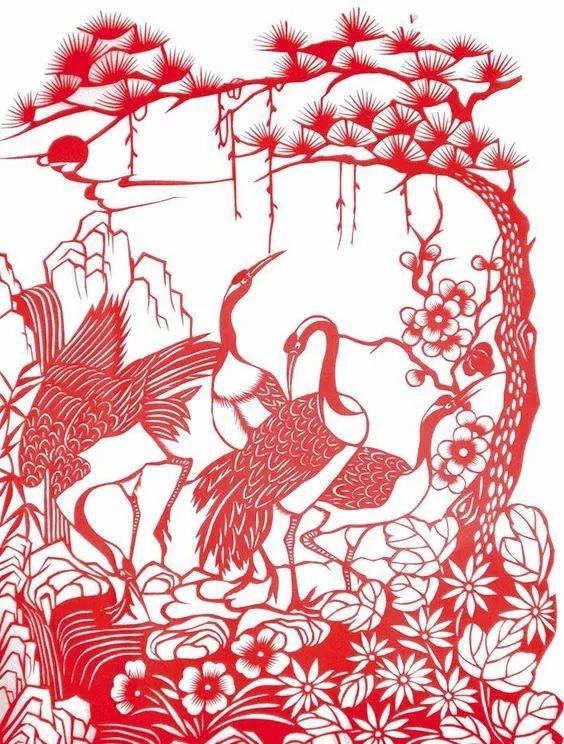
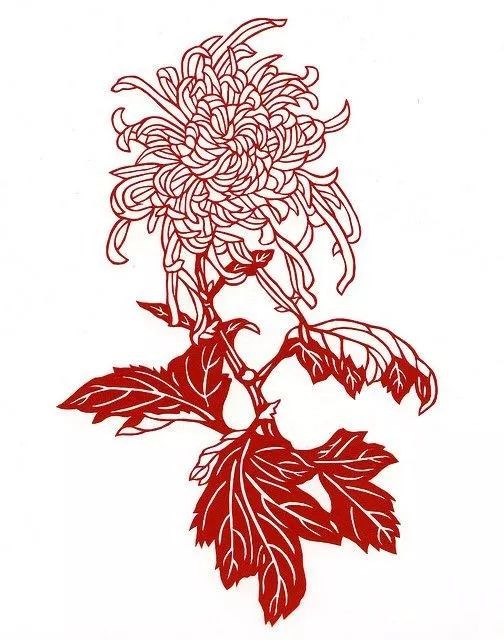
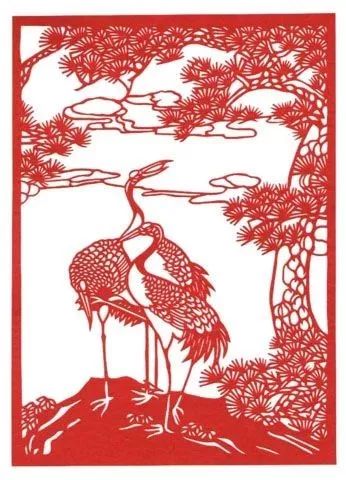
Facebook paper-cut
Facebook is a painting on the faces of traditional opera actors in China, which is used as a cosmetic plastic art in stage performances. Different professions of Facebook have different situations. The facial makeup of "Sheng" and "Dan" is simple and slightly powdered, which is called "handsome dressing", "plain face" and "cleansing". However, the facial paintings of "Jing Xing" and "Ugly Xing" are more complicated, especially Jing Xing, which is called "painted face" because of the heavy application of oil paints and complicated patterns. Facial makeup in traditional Chinese opera mainly refers to clean facial painting. And "ugly", because it plays a dramatic role, so put a small piece of white powder on the bridge of the nose, commonly known as Xiaohua face.
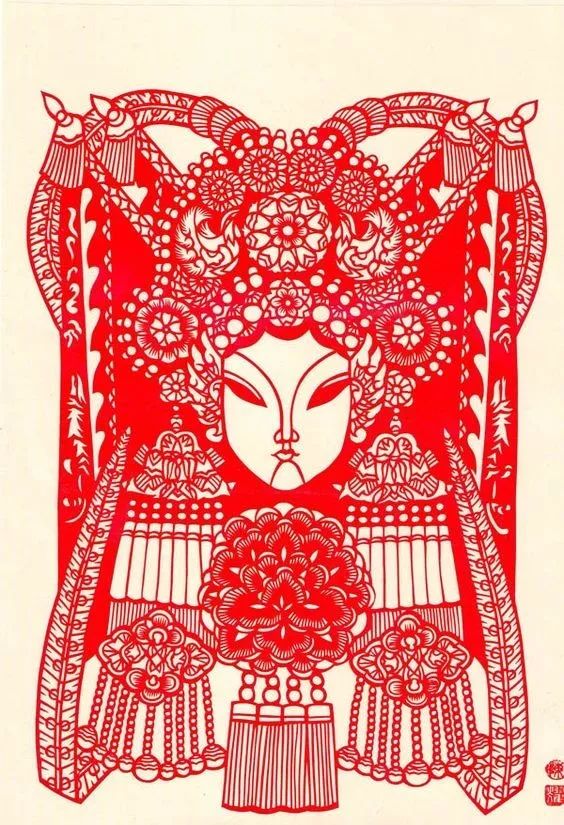
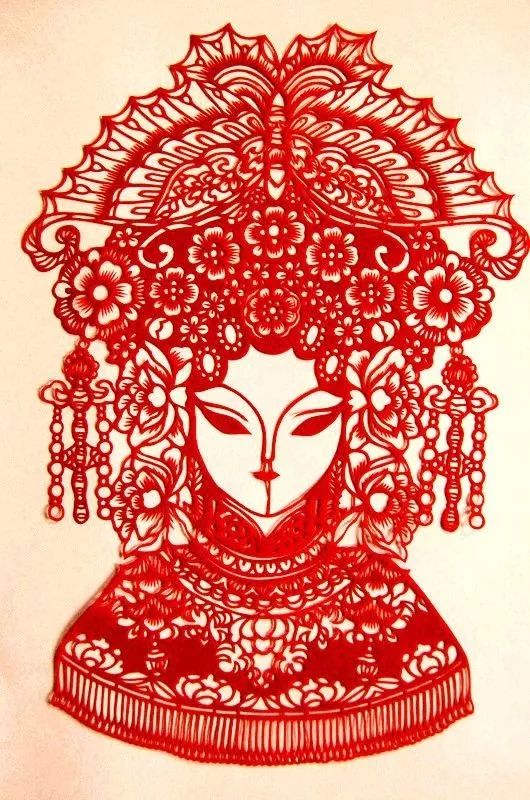
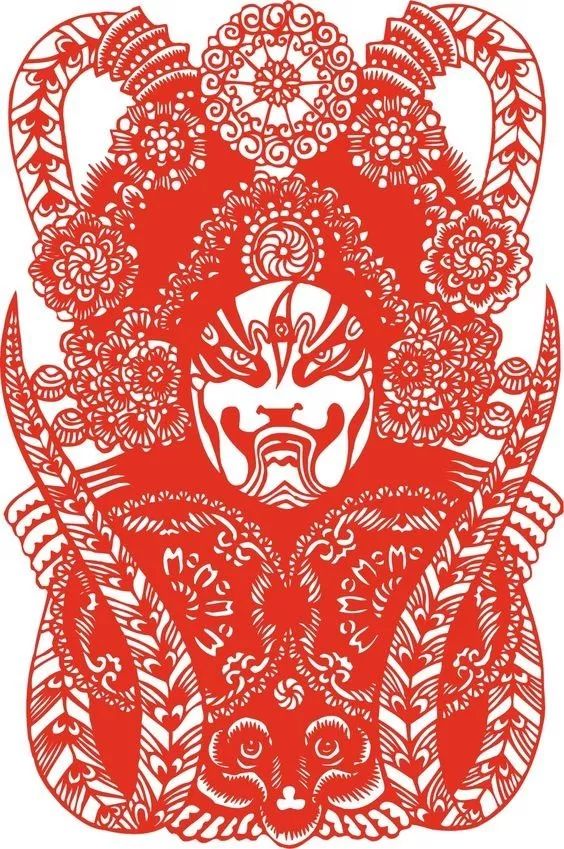

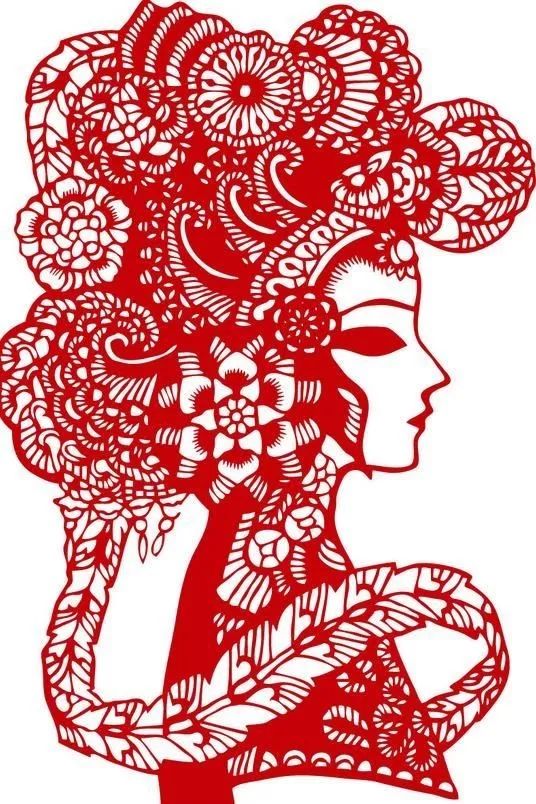
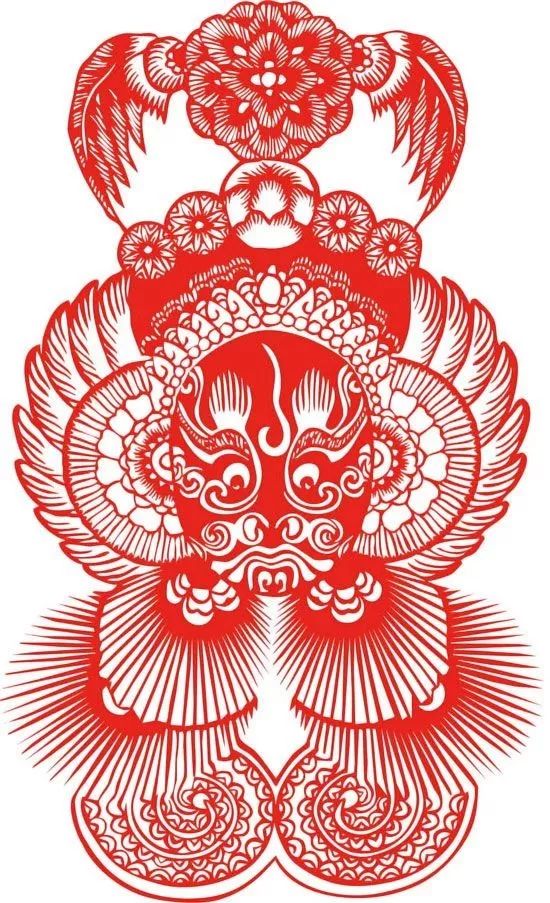
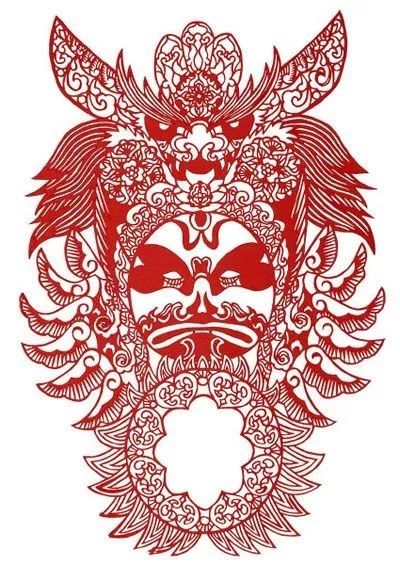
Paper-cutting of fish
The shapes and lines of fish, as well as the shapes and lines of fish scales and fish tails, are widely used in traditional jewelry in China. They are not only vivid and interesting, but also have a beautiful meaning, which is a symbol of auspicious celebration, wealth, conjugal love, bright future and luck.
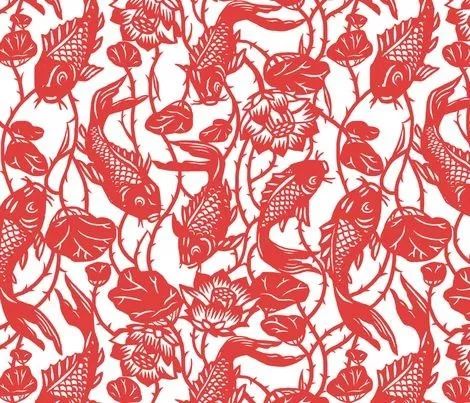
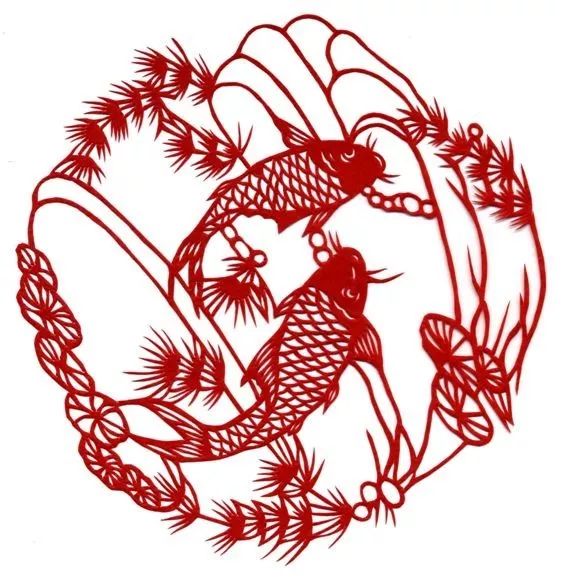
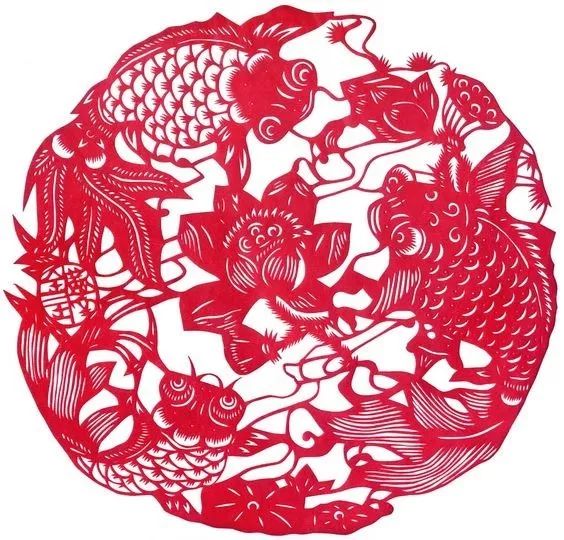
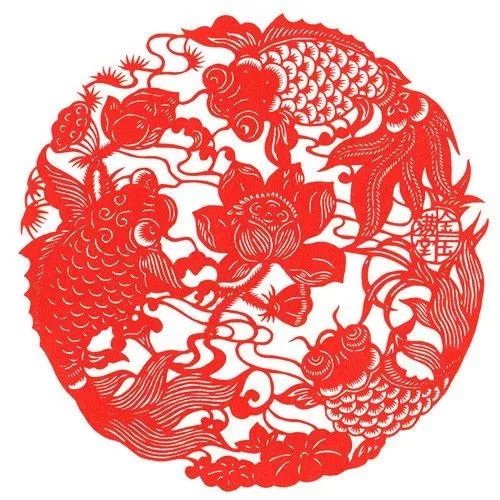

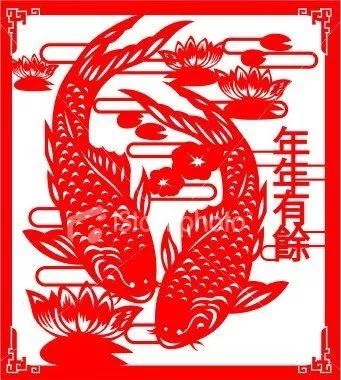
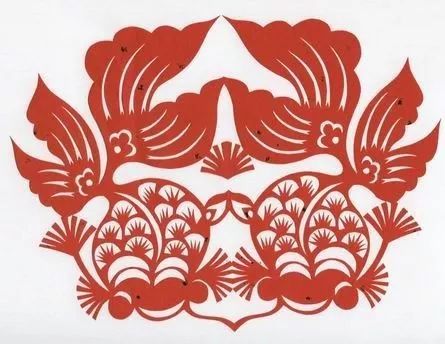
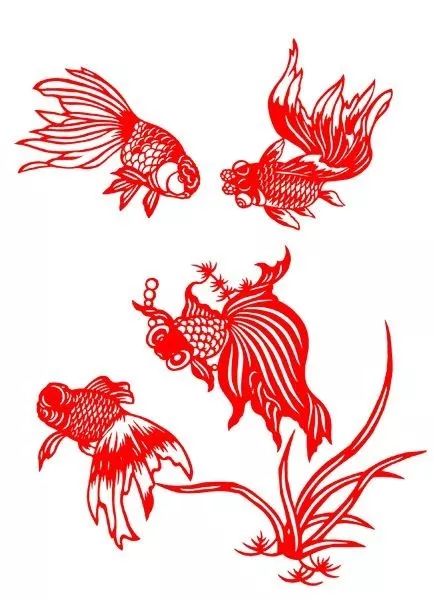
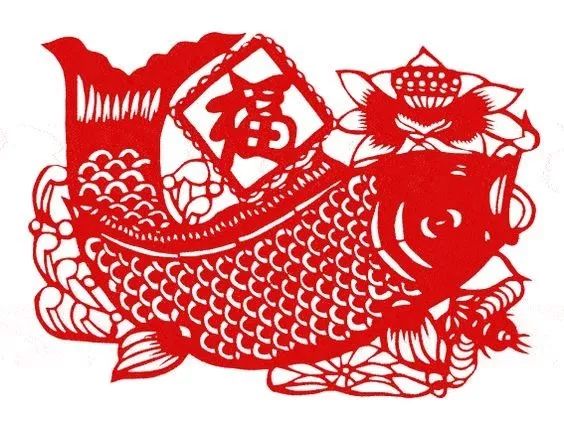
Plant paper cutting
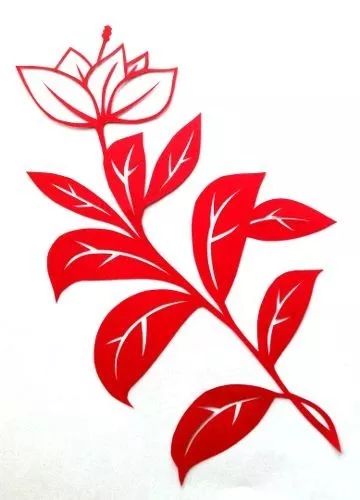
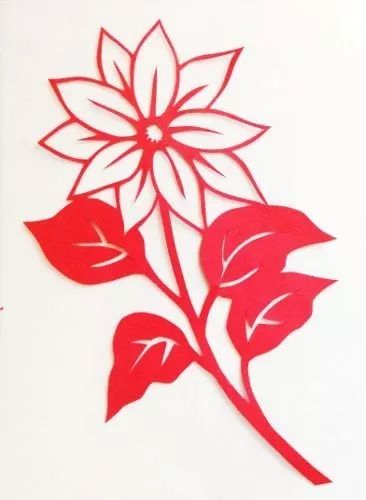
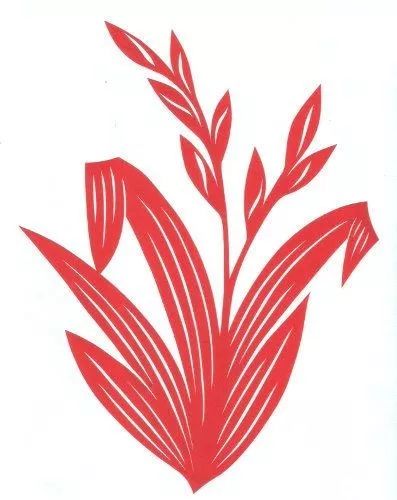
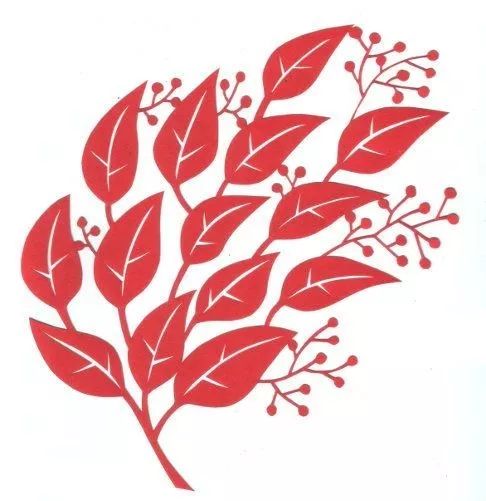
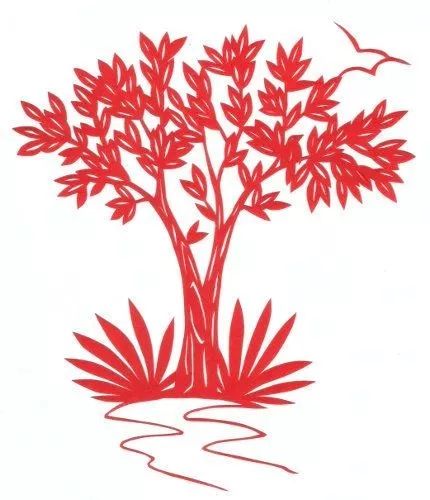
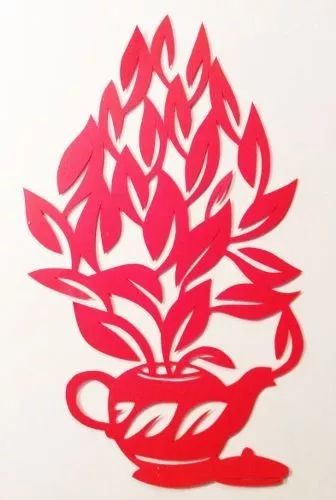
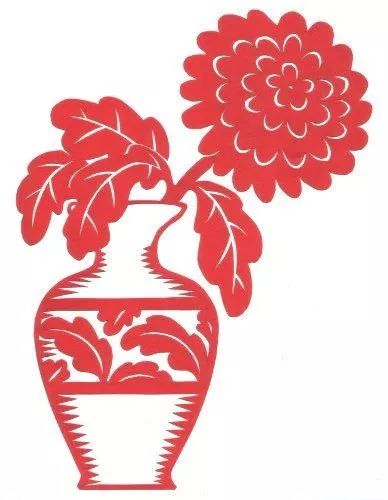
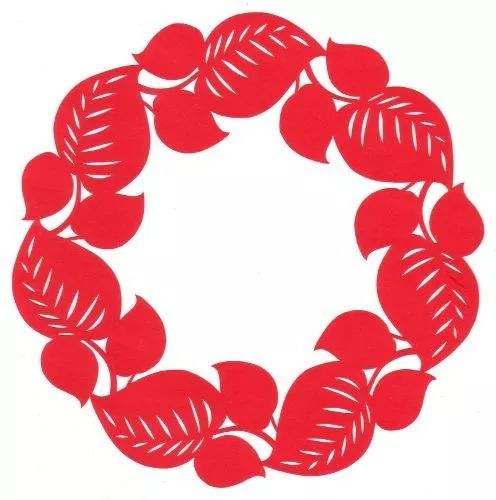
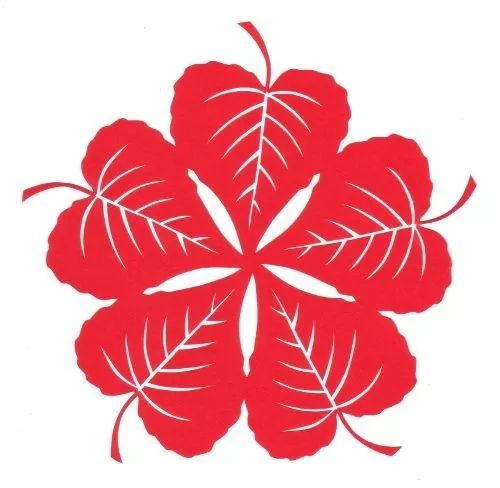
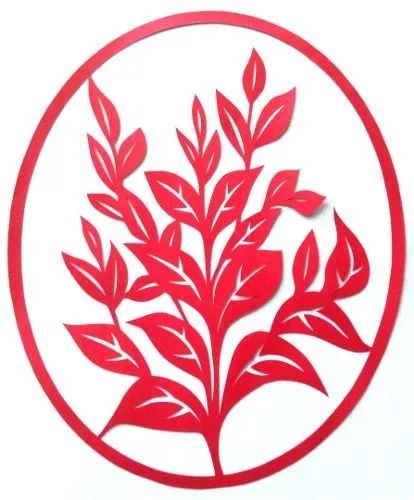
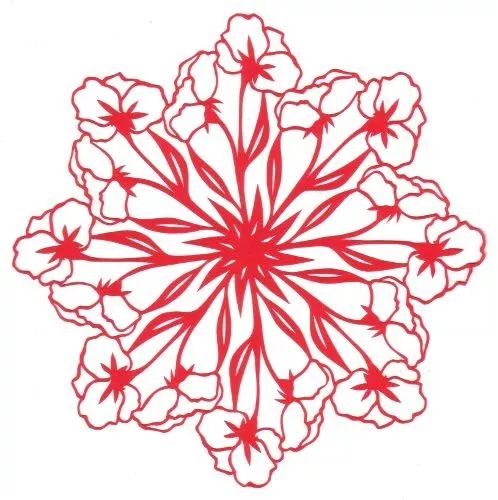
Paper-cut of the zodiac
Ancient astrologers used twelve kinds of animals to match the twelve earthly branches: the son was a mouse, the ugly one was an ox, the yin was a tiger, the Mao was a rabbit, the Chen was a dragon, the Chen was a snake, the noon was a horse, the sheep was not, the Shen was a monkey, the unitary one was a chicken, the dog was a dog, and the Hai was a pig. The theory of the zodiac began in the Eastern Han Dynasty. Folklore believes that life is similar to an animal in a certain year, such as Xiao Mouse born in a child year, Xiao Niu born in an ugly year, Xiao Hu born in a year, Xiao Rabbit born in a year, Laban Xiao born in a year, Xiao Snake born in a year, Xiao Ma born in a year, Xiao Yang born in a year, Xiao Monkey born in a year, Xiao Chicken born in a year, and Xiao Ji born in a year. During the Sui and Tang Dynasties, twelve kinds of animals began to be used to form decorative patterns, which were called Zodiac patterns. Since then, there have been zodiac patterns in all dynasties, which are also widespread in folk auspicious paper-cutting and have been widely spread to this day.
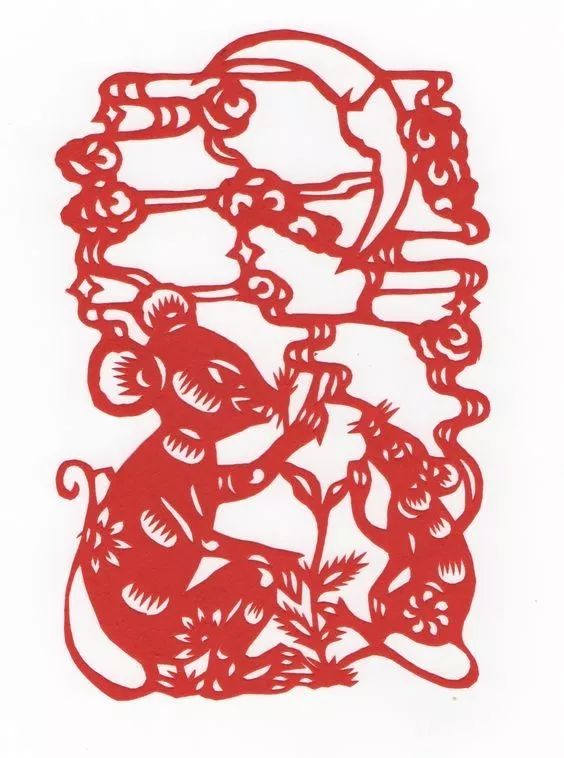

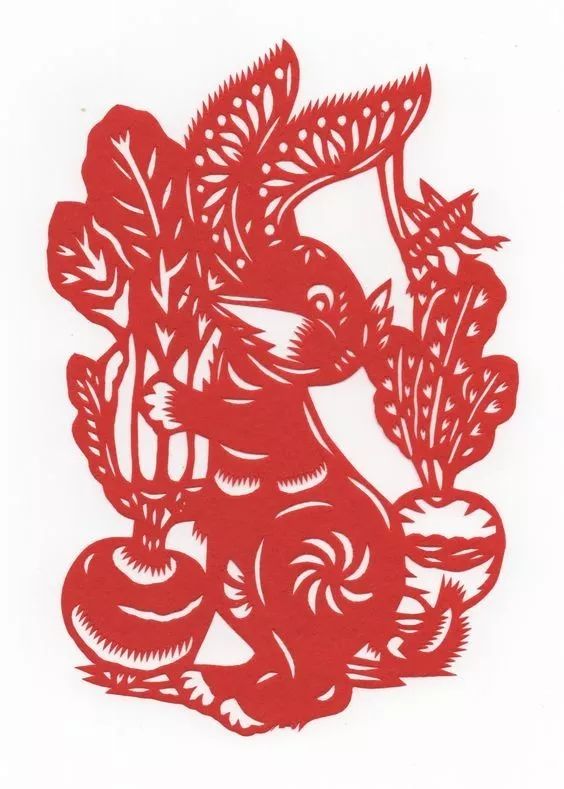

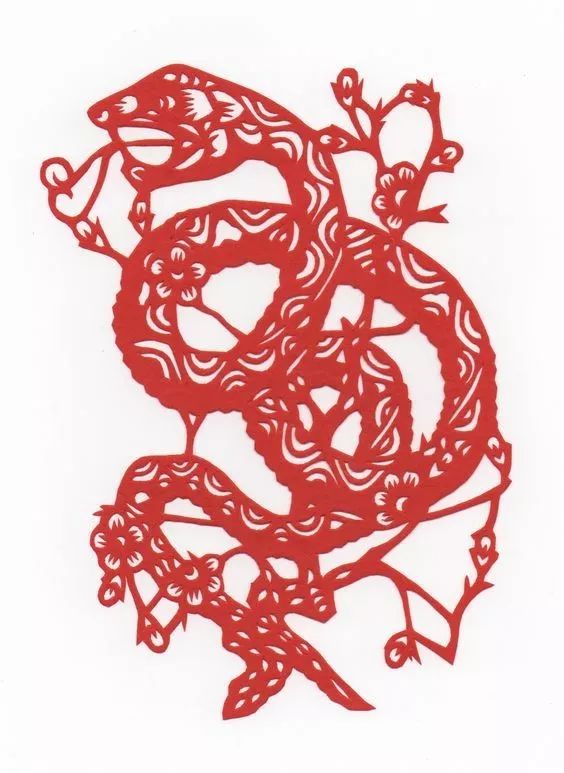
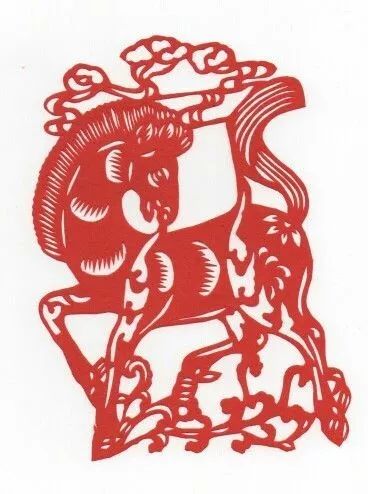
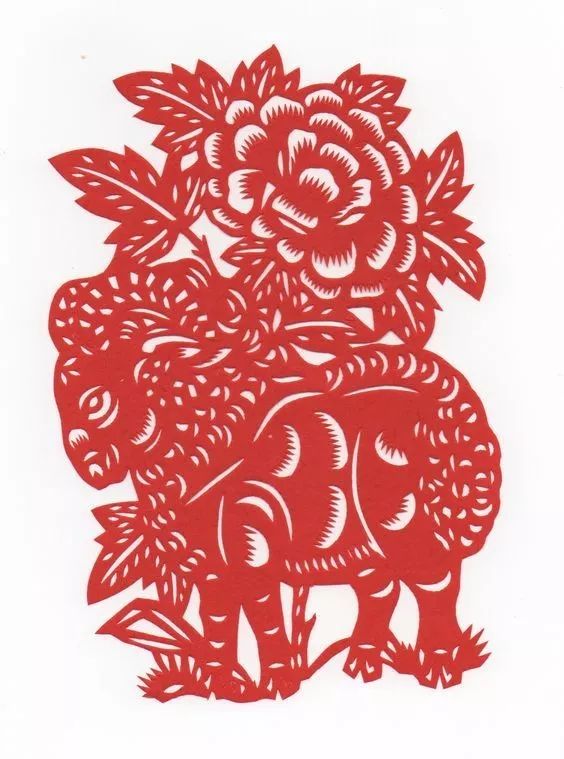
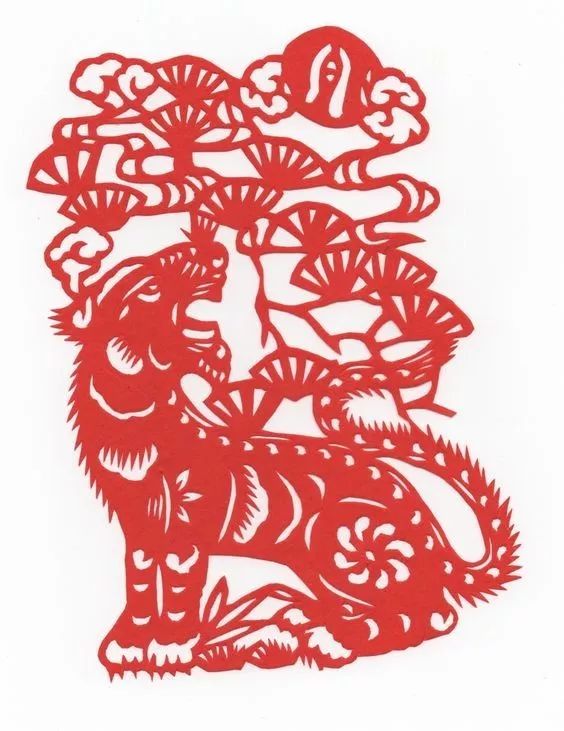
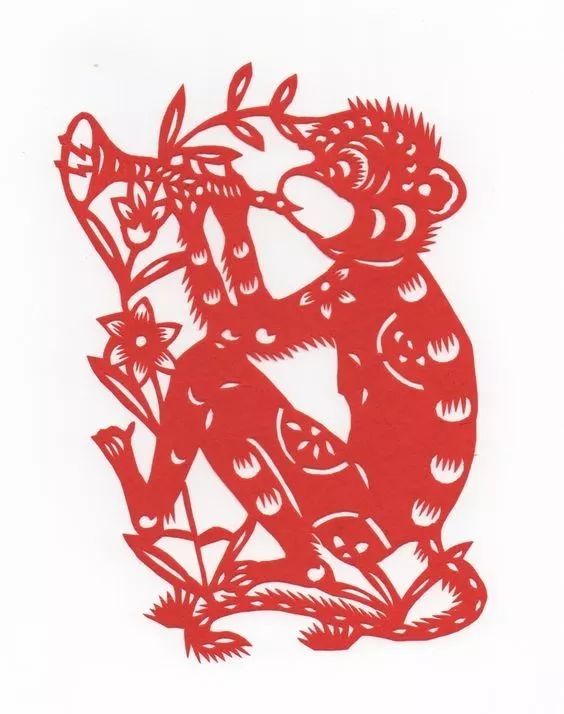
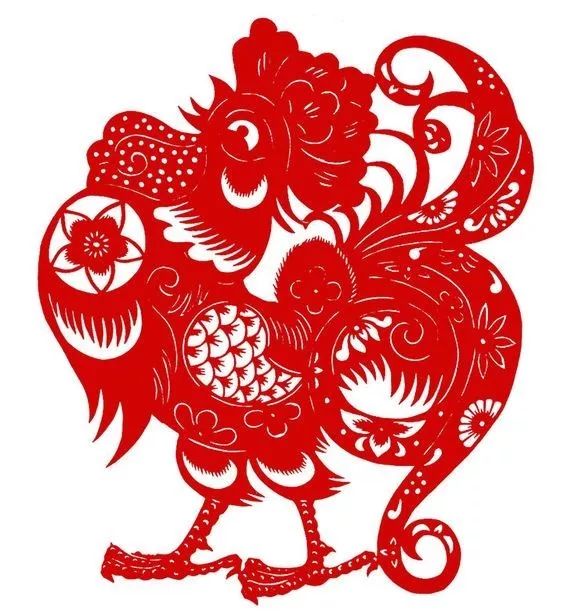
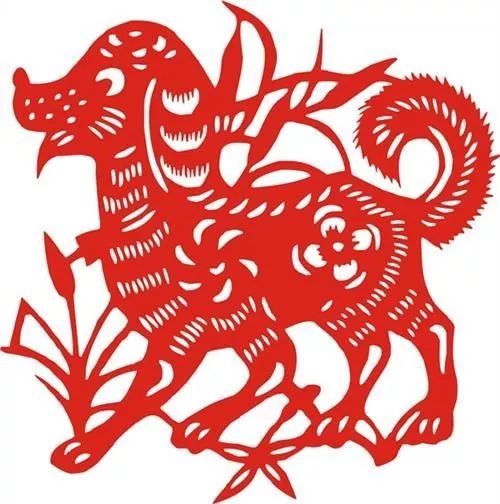
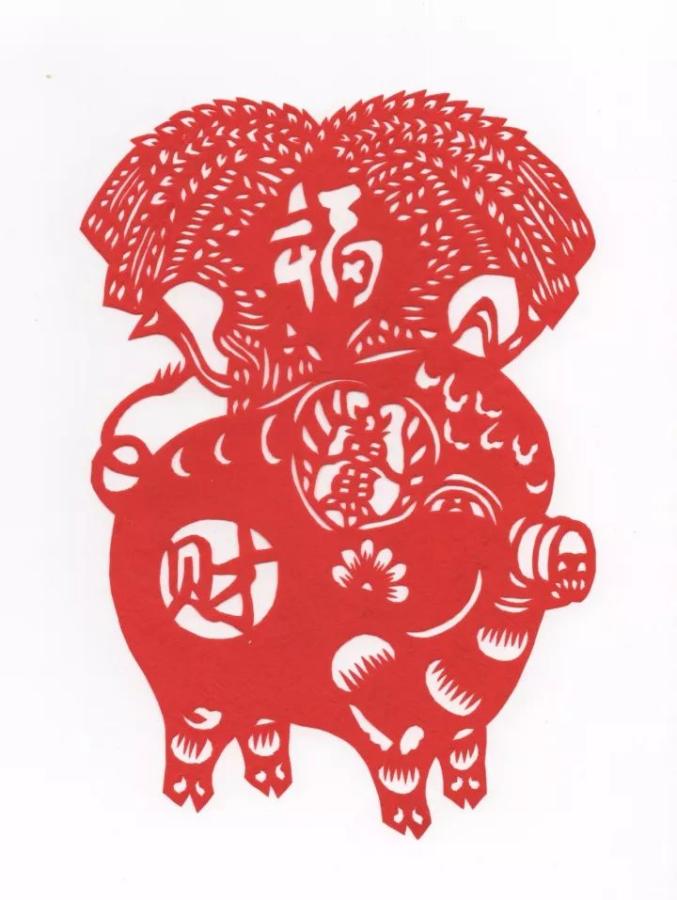
Paper-cut art is a traditional folk craft of Han nationality. It has a long history and is enduring for a long time. It is a treasure in China folk art and has become a treasure in the world art treasure house. That simple, vivid and interesting artistic modeling has a unique artistic charm.
Source: simple culture
The pictures and texts come from the Internet.
Original title: "Chinese Paper-cutting | an Intangible Cultural Heritage"
Read the original text
关于作者